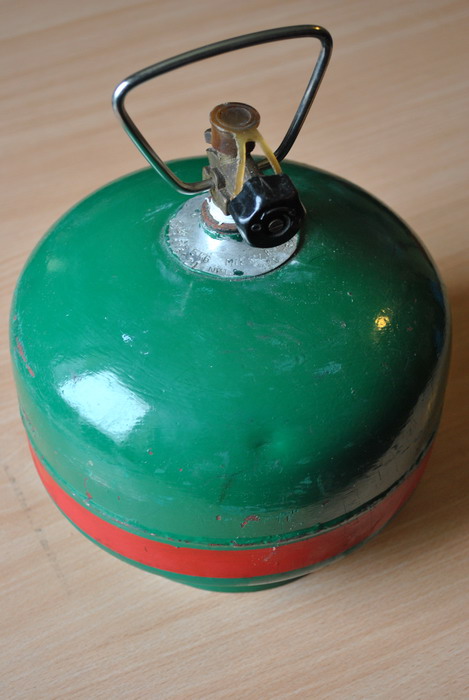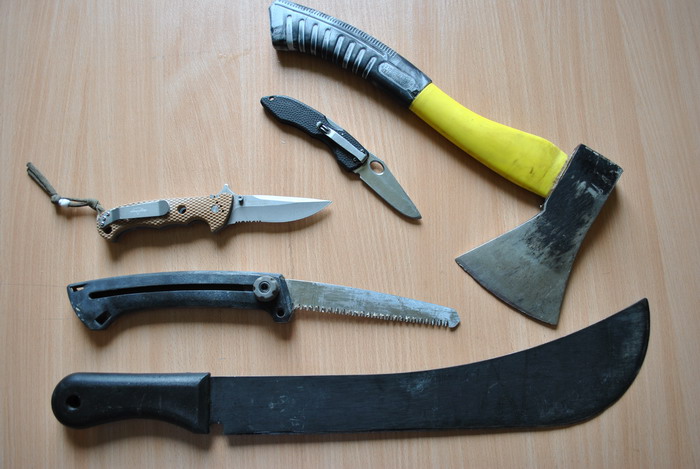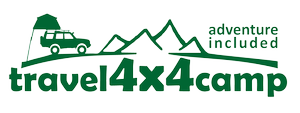FIRSTAID 4×4 KIT
An expedition first aid kit in a vehicle adapted for 4×4 tourism is an absolute “must have” for any off-roader. I’m not talking about a first aid kit that you can buy in a supermarket for 5 or 7 zlotys. In it you will most likely find a questionable photocopy of how to perform CPR, some cotton wool, latex gloves and, if you’re lucky, a protective mask for artificial respiration. I think the lion’s share of the price is the cost of producing a plastic box for these “medical accessories.”

Off-road first aid kit
When riding off-road, we should have a much better equipped first aid kit, as the dangers that potentially threaten us may occur more often than on the ‘black’. On the other hand, when going on a 4×4 expedition, especially abroad, our first aid kit should become a medical bag – a small, well-stocked pharmacy.
According to the Polish standard DIN 13164, a first aid kit should contain:
3 kpl. Sterile compress 10 x 10 cm (2 pcs.)
2 pcs. Elastic bandage 4m x 6cm
3 pcs. Elastic bandage 4m x 8cm
1 kpl. Plaster 10 x 6 cm (8 pcs.)
1 pcs. Plaster 5m x 2,5 cm
3 pcs. Individual bandage M sterile
1 pc. Individual dressing G sterile
2 pcs. Sterile dressing wrap 40 x 60
1 pc. Dressing wrap 60 x 80 sterile
2 pcs. Triangular bandage
1 pc. Emergency blanket 160 x 210cm (NRC foil)
1 pc. Scissors 14.5 cm
4 pcs. Vinyl gloves
1 pc. First aid instructions
This standard also meets the requirements of the majority of European countries and you can travel with such a ‘composition’ without risking the unpleasant consequences of a fine.
Additional accessories
On off-road excursions, it is a good idea to add a sharp small knife to our bag, preferably a rescue knife specialised for cutting belts. It often also has a tip at the end of the handle to help break glass. These are quite expensive, so a small but very sharp knife can replace it.
The next thing is an orthopaedic collar. This can be purchased from virtually any medical supply shop, no longer a killer expense these days. It is also worth throwing a medium-sized orthopaedic splint, the so-called ‘ladder’, into your bag – one piece is enough. There are also plaster casts available in a roll, but usually when you get to the medical aid station, the brace has to be removed so that the medics can set the broken arm or leg. The plastic cast will be thrown away and the splint is likely to be returned to us and will go back into the first aid kit. The last item, in my opinion the most important of the additional accessories, is the Codofix – preferably in a kit or in several sizes. This is an elastic sleeve that allows us to make it easier to apply bandages in areas that are severely awkward to bandage, such as the head. In other cases, it allows us to stabilise the dressing before bandaging and prevent it from moving.
4×4 expedition first aid kit
What if we are going further afield? How do we complete the contents of the bag and how do we prepare for a trip of, say, 2 weeks? The first question is: where are we going? Africa and Asia are distant destinations and I will not devote space here to describing the health risks in these locations. If someone is already going that far, he or she is usually well prepared and knows which diseases or parasites specific to the region he or she may encounter on his or her tourist-offroad journey.
We will focus on the contents: expedition first aid kit – ‘European’ 😉.
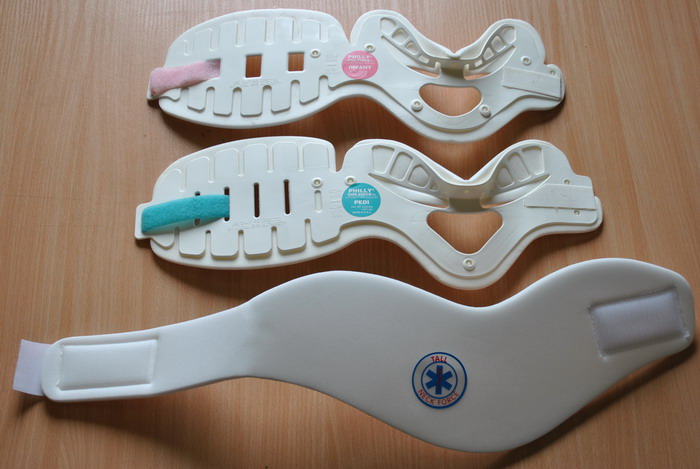
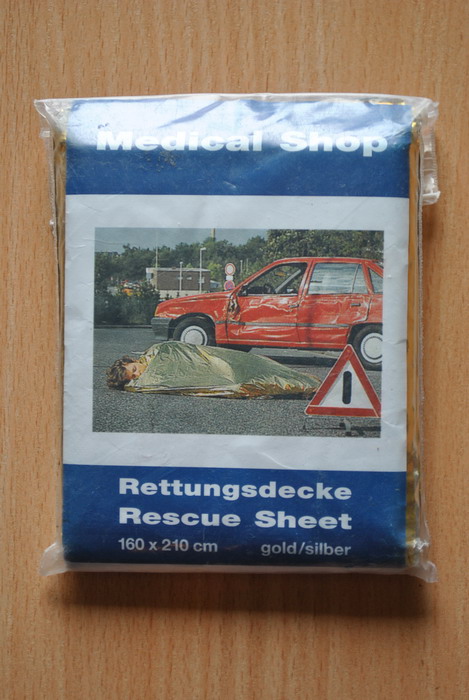
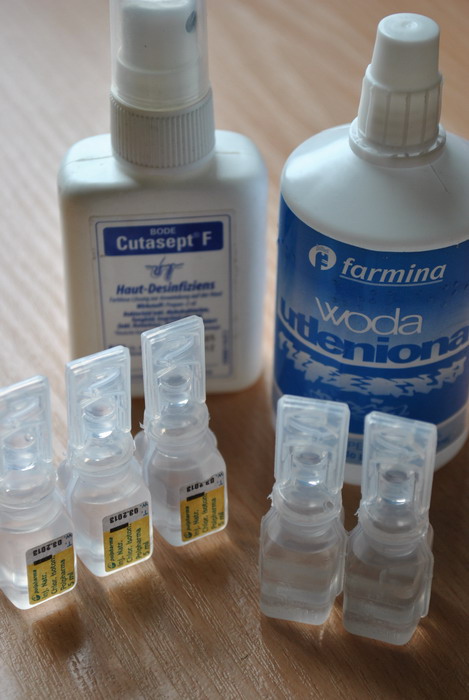
We are leaving for 2 weeks, let’s say to Albania, Romania or Ukraine.
The standard first aid kit can be supplemented with:
hydrogen peroxide
saline approx. 10 ampoules
gauze pads soaked in disinfectant
Lime – preferably effervescent
antidiarrhoeals
Allergic agents
sunscreen with a very high protection factor
Bite and sting gel
Foam against sunburn
antiedematous agents
painkilling gel
throat lozenges
basic analgesics (paracetamol, ibuprofen)
cream for sores and abrasions
at least one hydrogel dressing for burns
suture plasters
acetylsalicylic acid tablets (anti-inflammatory)
and the medicines we are constantly taking plus a possible supply of these
Tools:
scalpel or penknife
disposable syringes with needles
safety pins and clips for bandages
thermometer
tweezers
Additional notes
Remember also that some illnesses can be masked by the use of painkillers or anti-inflammatories. Let’s not overuse them, and let’s inform the expedition members of any indisposition in case they are the ones who have to pass on information to the doctor about the symptoms and signs that have appeared in the sick person.
I have also written about some additional gadgets that can be useful in emergency situations while 4×4 touring in the expedition essentials section. The equipment that appears in these 2 sections should complement each other. And remember: always think about emergencies before they happen, we will be prepared for them.
This compilation is our expedition first aid kit and has been prepared on the basis of our own experiences and may be incomplete, do not take it as a guideline or standard. Each expedition should be considered on its own merits and the above lists should be used as a basis for your own preparations. I have deliberately not used commercial product names so that you can decide for yourself which products to use.
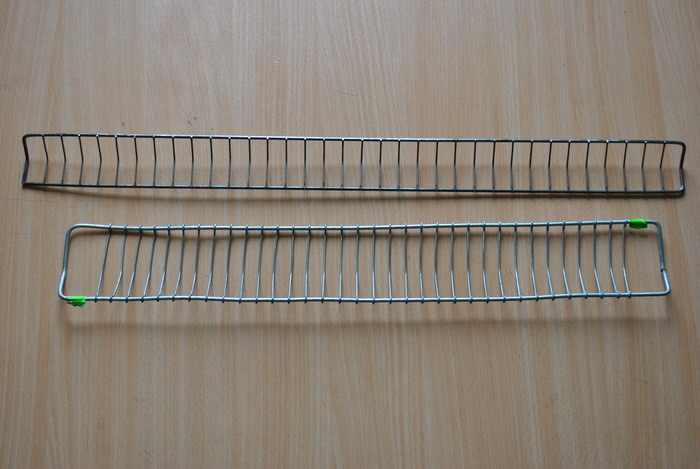
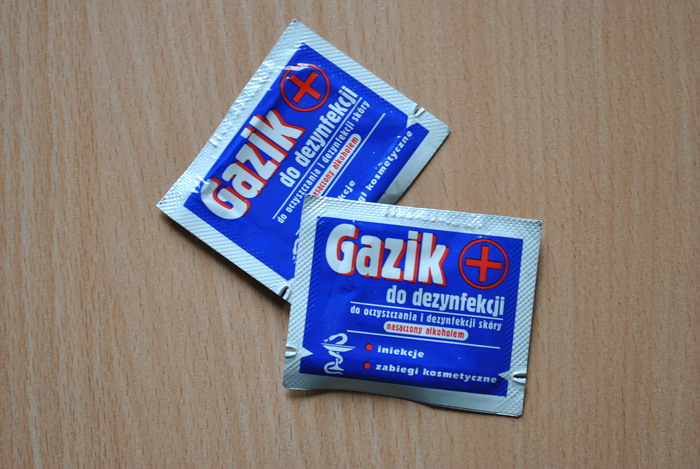
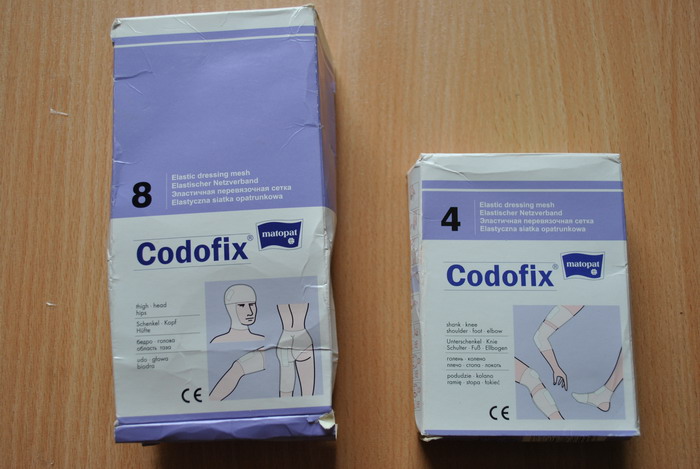
Expedition essentials
Indispensable may be a big word, but somehow it’s stuck. Don’t let the enormity of the things included here frighten you. As usual with our compilations, treat it as a hint. It is best to divide the various ‘assortments’ among the participants so that you don’t take 3 laptops, 5 kinetics and not a single shovel;).
The lists compiled here have been created on the basis of our own experiences and should only serve as inspiration, above all for those who are ‘first timers’. Of course, some items may be completely useless. Some items will certainly provoke laughter and disbelief. It may also be that you come to the conclusion that it would be nice to take something else along.
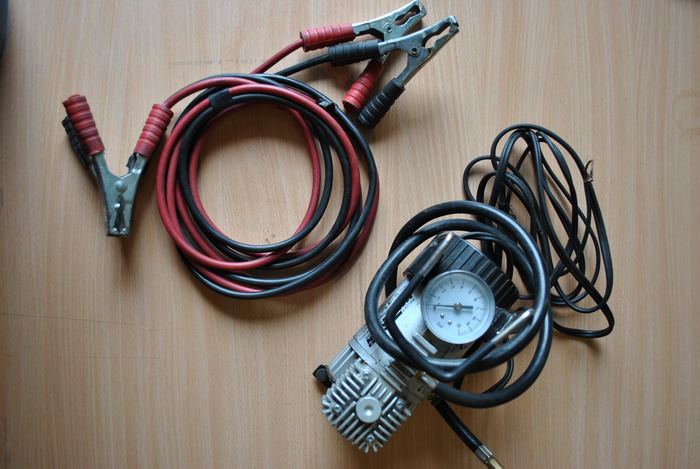
Basic equipement
vehicle documents with valid roadworthiness test
third-party liability insurance and green card
passports/dv. personal belongings of trip participants
KL and NNW insurance policy
first-aid kit
spare wheel of appropriate size
compressor
fuses
pieces of fuel lines
poxilin and poxipol
windscreen washer fluid
pieces of wire, insulation, quick-connectors, tester
silver tape 2 rolls
fuel canister + funnel
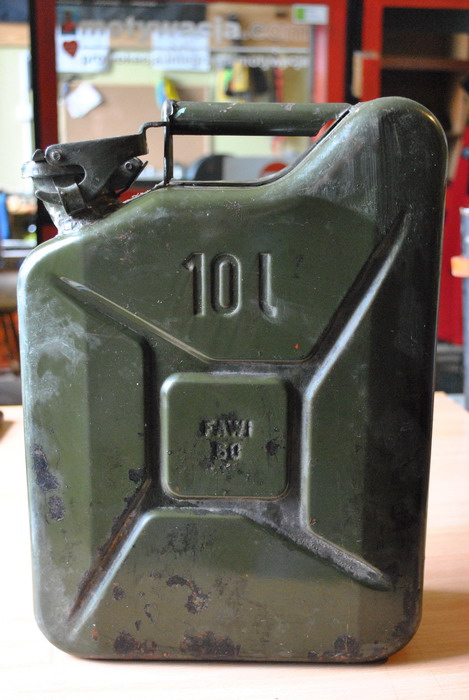
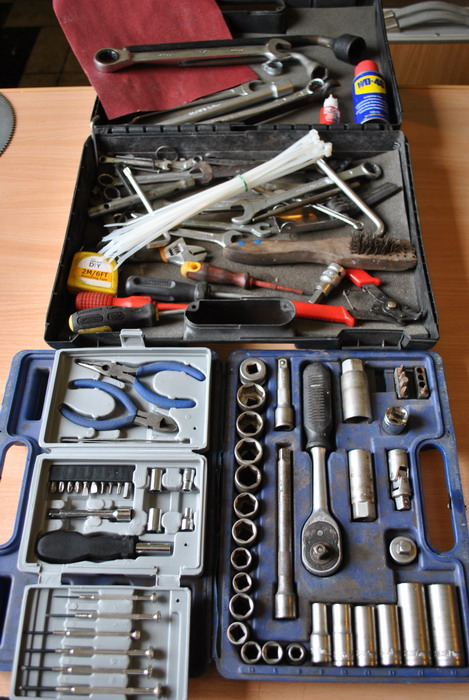
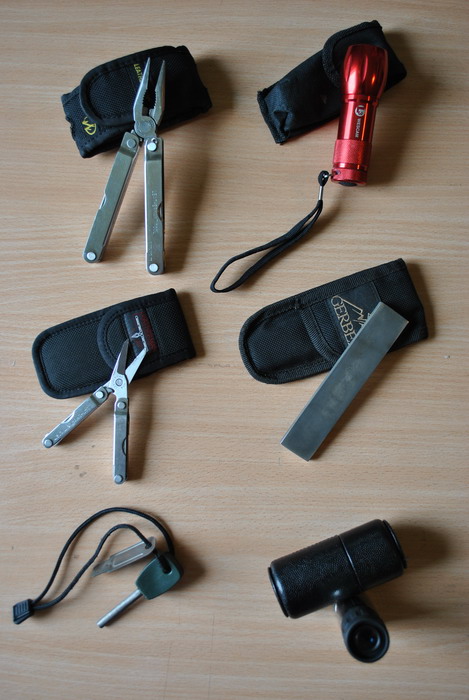
Tools
multitool
knife + whetstone
handsaw
hammer + drift
basic socket and spanner set + pliers
saw blade
screwdriver with interchangeable bits.
Accessories
zip ties (many and various sizes)
luggage straps
thin rope for repairs
10 m rope
hand torch + spare batteries
headlamp (preferably every expedition member should have a headlamp) + spare batteries
shovel / shovel
axe
machete (please note the import and export regulations of the country you are visiting, e.g. we do not recommend machetes in Ukraine… ;))
inverter
hi-lift
kinetic
tow rope
off-road kit (shackles 2 pcs, block, tree tape, gloves)
battery cables
traps
work mat
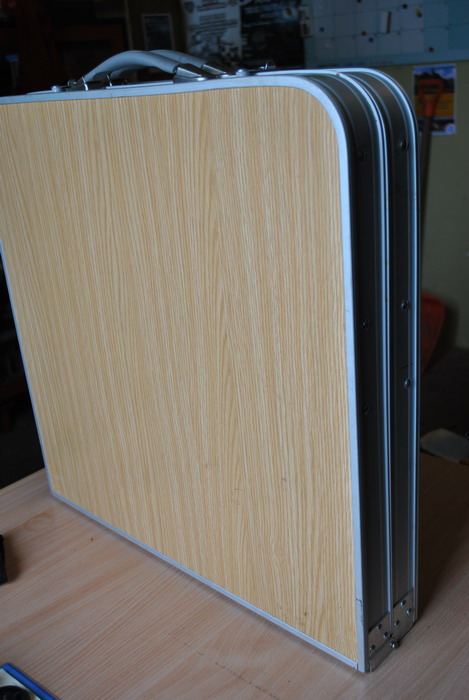
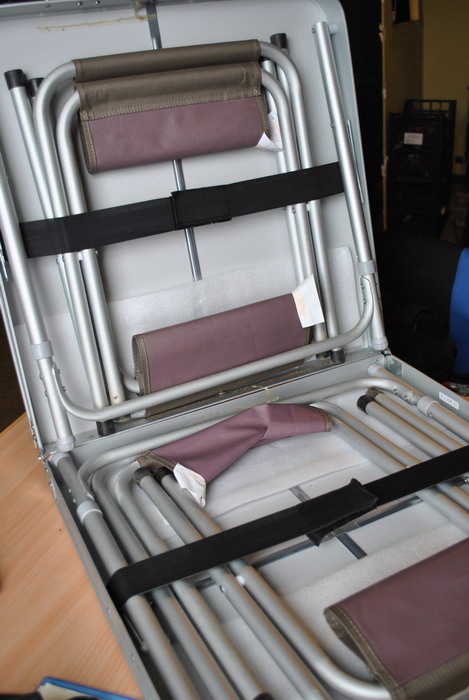
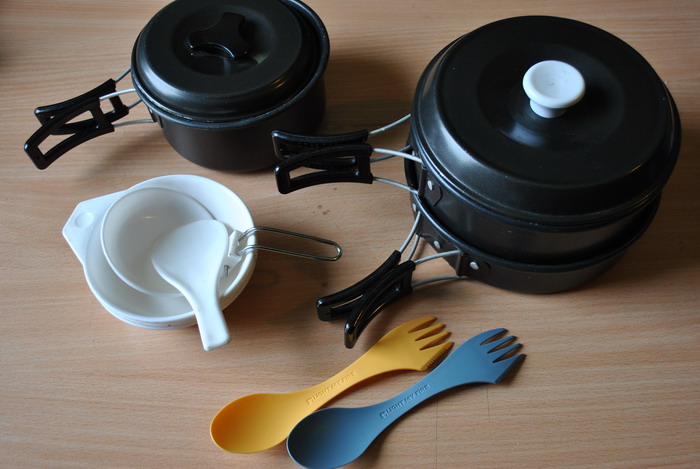
House on wheels
tent
mattresses or carrimates + sleeping bags + blankets + pillows (an interesting solution is an inflatable bed with a sheet, attachable duvet and pillows – all packed in one cover)
if a mattress, then a pump, patches and glue
picnic blanket – waterproof on one side
tarpaulin + poles + ropes + pegs (for building a canopy on a camping trip or over a tent in case of a prolonged downpour)
Tourist table and chairs
cooker + bottle or cartridges
fridge, food boxes
camping lamp
candles
lighters, matches and flint
kindling
bowl + folding box (for washing dishes)
dishwashing liquid + sponges (several pieces, because washing in cold water finishes them quickly)
linen/cotton cloths
washing up liquid
clothesline + clothespins
plastic utensils (cups, plates, bowls, cutlery)
pots in various sizes with lids
frying pan + wooden spatulas / spoons
colander
plastic chopping boards + knives
aluminium foil
Rubbish bags (sturdy and tied)
camping shower + bowl
towels (quick-dry towels work great)
paper towels + toilet paper + wet wipes
sewing kit
Mud brush for cleaning shoes
rags
sweeping brush
Water canister or jug
Water purification tablets
first aid kit
provisions
Sightseeing and communications
CB radio (communication between vehicles is essential), you can also bring a portable CB
phone + car charger
powerbank
GPS with pre-loaded maps
paper maps
compass
guidebooks
camera
binoculars
spare memory cards
notepad + writing utensils
Other stuff
wellingtons
cape (the best jacket cannot replace it when it rains several days in a row)
plastic sandals (flip-flops in the river like to float away…)
swimsuit
sunglasses and headgear
thermal cups
mosquito, tick and mosquito repellent
glasses
Our kids would definitely take
Laptop + 12-volt charger and movies / stories (nice for a commute or when we are forced to camp longer than planned due to foul weather or a major emergency…)
audiobooks
mp3
magnetic chess
playing cards
books
notebook + crayons, pencils…
ball
toaster
When a dog is travelling with us
passport with current vaccinations and documents required for entry into the visited country
collar + leash + muzzle
Bedding, blanket (nights can be cold)
bowls + food
dog shampoo (some dogs will not miss any opportunity to roll around in some nasty stuff)

